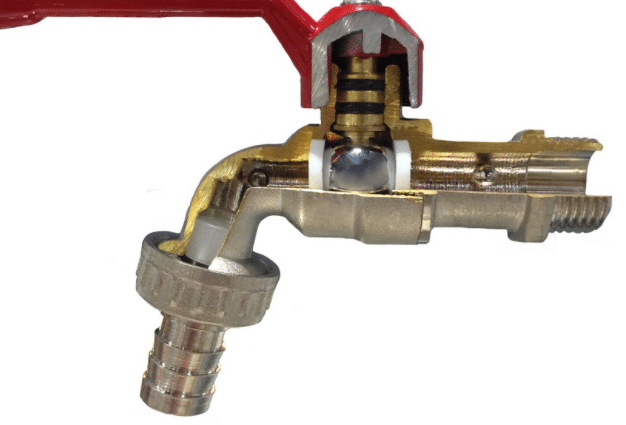4 Plumbing Basics Every First Time Homeowner Should Know In Denver
The plumbing in your home is one of the most important systems that you need to understand. If it breaks, you will have major problems, and without a good understanding of how plumbing works, it can be challenging to fix. Here are 4 plumbing basics every first-time homeowner should know so that they can avoid any costly mistakes!
Essential Tools
It is beneficial to know about the plumbing in your home before any emergency happens. Every homeowner should have a plunger, bucket, flashlight, drain cleaner, and shut-off wrench handy to deal with most problems that come up from time to time. Here are a few other tools that come in handy:
– Pipe Wrench: Used to turn off the water and isolate a leak.
– Flathead Screwdriver: The most basic tool needed for plumbing work, use it to remove any type of screw nut or bolt that is used in plumbing fixtures.
– Plumbing Tape: This tape wraps around the threads on pipes so they don’t come apart when you tighten them with a wrench; it prevents leaks by holding metal pieces together properly.
– Teflon Thread Sealant Compound: High-quality sealer applied directly onto threaded joints where two pieces are being screwed together – stops leakage and provides a tight fit.
Turning Off Your Water
For this tip, we’ll be talking about shutting off the water to appliances, not your home.
– First, locate the valve that controls water flow to a particular appliance.
– Depending on if it is horizontal or vertical, turn it clockwise or counterclockwise until it doesn’t go any further – this action will shut off all water supply to the device being serviced.
Turning Off Your Water Main Shutoff Valve
Usually located near the front of homes in a basement, there are two main types: One for hot and cold pipes and another for gas lines which usually have blue insulation covering them because they can be very dangerous when exposed to air (gas valves).
How to Fix A Leaky Faucet
There are two common causes for a running toilet: a broken toilet filler valve and a worn-out toilet flapper.
– Remove the handle from your faucet by unscrewing it with an adjustable wrench.
– While holding onto your whole assembly, turn counterclockwise until all resistance is gone; then pull up on it slowly while twisting back and forth gently to remove any residual water left in there.
How To Fix A Running Toilet
To find out what is causing the problem, examine both the toilet filler and flapper for signs of wear and tear. Chances are the seal on the flapper isn’t working, or the float cup on the filler is at the wrong level.
Conclusion
Sometimes you will not be able to repair it all by yourself. In such cases, call our plumbing experts at Drain Pros Plumbing Denver right away at (720) 664-8988.

